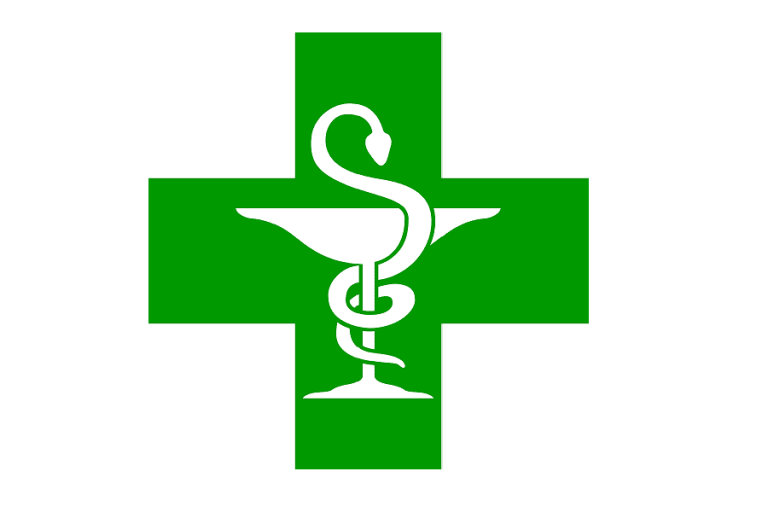Karina Wronka, Patpol Legal for PMR: two different trademarks on parallel imported medicines

Ten post jest także dostępny w języku:
![]() polski
polski
It is not uncommon for the same medicine to be marketed in different EU countries under different trademarks. For example, the same medicine may appear under one name in the country of origin (where it is produced) and under a different name in the countries to which it is exported. Karina Wronka, legal adviser trainee, Patpol Legal stresses that in the case of parallel imports of medicines, due to the fact that exported products have foreign language markings, the parallel importer must repackage the imported goods in packaging containing markings in the language of the country to which the medicine is being imported before they are placed on the market.
The mark of the country of origin and the mark of the country of destination – two marks on one package?
The problem has emerged from the following facts. A pharmaceutical company producing the drug was the owner of two EU trade marks, the X mark and the Y mark. The drug was introduced by the manufacturer in the country of origin under the X Mark, while in Poland it was introduced under the Y Mark. A parallel importer informed the manufacturer that he intended to import the medicine to Poland after repackaging. The new outer packaging (paper box) contained both the X Mark and Y Mark. The Y mark was used as the basic name, while the X mark was placed after the Y mark in smaller letters in brackets and served as an additional name. Similarly, on the leaflet both characters were in the same configuration. What is also important is that both the packaging and the leaflet contained a patient disclaimer saying that: “The X mark and Y mark are different trade names of the same medicine”. There was also additional information on the packaging that the manufacturer of the medicine is the owner of both trademarks. The situation was different with regard to the sticker placed directly on the product (vial). There was only one name – used in the country of origin, i.e. Mark X – described by Karina Wronka from Patpol Legal.
It turns out that this situation was due to the fact that it was not possible to repack the medicine in the new immediate packaging. It therefore remained in its original state. Karina Wronka states that in the described state of affairs, the manufacturer was wondering whether his rights to the above-mentioned EU trademarks had not been infringed and whether the above practice could lead to a possible risk of confusion for the recipients of the medicine, i.e. patients.
Analysis of the legal situation of names of parallel imported medicines
In analysing the problem presented above, Karina Wronka emphasises that it is necessary to start with the fact that parallel imports of medicines between countries of the European Economic Area (EEA) are, in principle, permitted. This is mainly due to the EU principle of the free movement of goods, and also to the principle of the so-called exhaustion of trademark rights, according to which, if a product has previously been placed on the market in one of the countries belonging to the EEA by the trade mark owner or with his consent, then the trade mark owner cannot oppose the sale of that product in other EEA countries. The admissibility of selling parallel imported medicines also results from the Polish Pharmaceutical Law.
Turning to the issue of the name placed on the medicine or its packaging, the trainee attorney, Patpol Legal, indicates that according to the Polish Pharmaceutical Law, an entity entitled to parallel import may introduce the parallel imported product under the name:
1) applied in the territory of the Republic of Poland or
2) applied in the EEA State from which it is imported, or
3) commonly used or scientific, bearing a trademark or the name of the parallel importer.
It should be noted that in the above mentioned provision, between the name used in Poland and the name used in the country of export, the “or”, i.e. the so-called combined (inseparable) alternative, was used. This means that it is possible to introduce a medicine from parallel import in Poland under one of these names or both at the same time. Therefore, the parallel importer does not have to limit himself to using only one of the above mentioned permissible names – explains Karina Wronka.
In conclusion, Wronka states that it is acceptable to use the changed name of a parallel imported medicine, or even to use two different names of the same medicine. This does not lead to an infringement of the manufacturer’s rights to its trademarks. It also does not cause the risk of confusion among patients. On the contrary, since it is sometimes not possible to repackage the immediate packaging (e.g. the vial) on which the original name of the product used in the country of origin remains, it is important to include a reference to this name, e.g. by placing information on the packaging or leaflet saying that both marks are simply different trade names of the same medicine.






